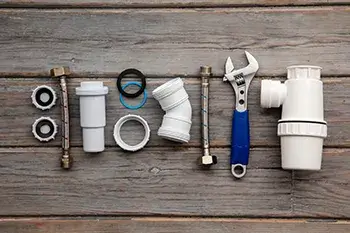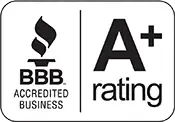The humble toilet is a key feature of any home, playing a vital role in our everyday lives. However, how well do we truly understand this essential appliance? Gaining an understanding of its components is vital for maintaining a healthy, functioning bathroom, and to make informed decisions when it comes to repairs or replacements.
Unmasking the Components of Your Toilet
The modern toilet may appear simple, but it consists of several interconnected parts, each with a crucial role in its operation. Here, we’ll delve into the various components that make up your toilet.
The Bowl
The bowl is the component we’re most familiar with. It’s not just a receptacle for waste; its design plays a vital role during the flushing process. The specific shape of the bowl, combined with the S-shaped trap way attached, creates a suction effect that aids in the disposal of waste.
The Tank
Located above the bowl, the tank stores water until the moment you flush. Inside the tank, you’ll find several important components: the fill valve, the flush valve, and the flapper, all of which cooperate to execute an efficient flush.
The Fill Valve
The fill valve has the important job of refilling the tank with water after you initiate a flush. It’s designed to stop filling when the water reaches a certain level, ensuring your tank doesn’t overflow.
The Flush Valve and the Flapper
The flush valve and flapper work together to create the flush itself. The flush valve releases the water from the tank into the bowl, and the flapper, a type of seal, lifts to let the water flow. Once the water is emptied from the tank, the flapper returns to its position, sealing the tank for the refill process.
The Handle and the Lever
The handle on the outside of the tank is connected to a lever inside the tank. When you push down on the handle, it triggers the lever to lift the flapper, initiating the flush cycle.
Overflow Tube
This is a safety feature designed to divert water back into the toilet bowl if it ever gets too high in the tank, preventing potential water damage to your bathroom.
The Wax Ring
Located at the base of the toilet, the wax ring creates a watertight seal between the toilet and the sewer pipe, preventing water and sewer gases from leaking into your home.
Conclusion
Knowledge is indeed power when it comes to home maintenance. Understanding the different components of your toilet and how they work together helps keep your bathroom running smoothly. It also prepares you to make more informed decisions should you need repairs or replacements in the future.
If you’re dealing with a malfunctioning part or thinking about a complete toilet replacement, we’re here to assist. Contact us today for a comprehensive toilet replacement package where we coordinate everything for you, from the purchase and installation to the removal of your old unit. Let’s keep our bathrooms functional and our homes comfortable together.


